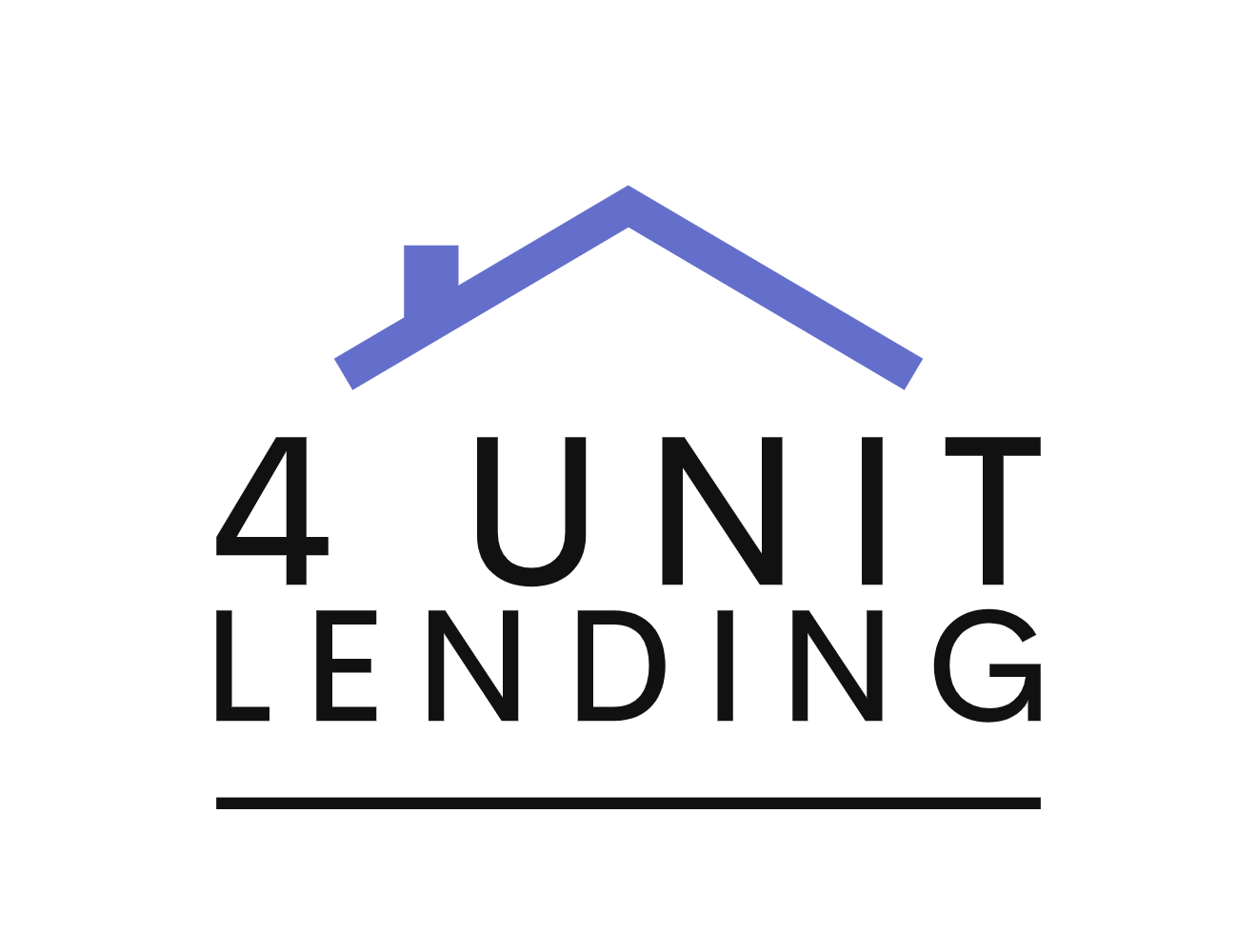In real estate investing, Loan-to-Cost (LTC) is a ratio that defines a lender’s risk, or more specifically, the percentage of a project’s total costs that they will finance. The ratio can also reflect a real estate investor’s risk and profitability.
For example, a high LTC — say 75 percent to 100 percent — allows an investor to reduce their initial investment in a project. On the other hand, the higher percentage equals greater risk for the lender and larger payments and obligations for the investor, resulting in fewer profits.
The alternative, a low LTC, means lower risk for the lender and higher upfront capital demands from the investor. Ultimately, a lower ratio indicates a greater opportunity for profitability but increased risk for the investor.
How LTC Impacts Fix-and-Flip Projects
The Loan-to-Cost metric evaluates the total cost associated with a property — its acquisition and renovation. In that sense, it’s relevant to assessing a project’s viability and risks while preventing over-leveraging.
The metric is a safeguard in real estate investing. It prevents financial strain that can jeopardize fix-and-flip opportunities. By definition, LTC financing covers a project’s financial demands from start to finish, reducing the risks of project failure due to investor liquidity or cash flow issues.
LTC financing also allows lenders to make informed risk assessments. In the right hands, a 100 percent LTC loan is feasible. A seasoned real estate investor can maximize the return on investment (ROI) in a healthy market, especially when diversifying their portfolio with different types of LTC investments.
LTC in Ground-Up Construction Financing
LTC financing isn’t only for fix-and-flip properties. Investors can secure these loans for ground-up construction — the process of building new structures on undeveloped land or demolishing existing structures and building on the cleared lot. Most lenders set maximum LTC limits around 75 percent, but Dominion Financing offers 100 percent.
In ground-up construction, a higher LTC rate is better, especially for large-scale projects. A higher ratio means less upfront capital.
An investor and their build team estimate the entire project’s cost and then secure the loan. As the construction team completes predefined phases, the borrower submits invoices and draws funds from the loan. The lender, in essence, helps the investor or developer manage the project.
Benefits of High LTC for Scaling Your Portfolio
As an investor, it’s easy to argue that a lower LTC is more beneficial because it can result in higher profit margins for individual projects. That said, the risks to the investor are also higher.
A higher LTC is often best, especially for investors looking to diversify their portfolios. A higher percentage equates to fewer risks on the front end, allowing investors to take on multiple projects simultaneously.
Dominion Financial’s 100% LTC Program: A Game Changer for Investors
Dominion Financial Services offers a 100 percent LTC program for qualified applicants and projects, about 25 percent higher than most lenders. Our team wants to help investors cover acquisition and rehab costs without upfront cash requirements. Contact our office to learn more about this opportunity and how we can help with your next project.

